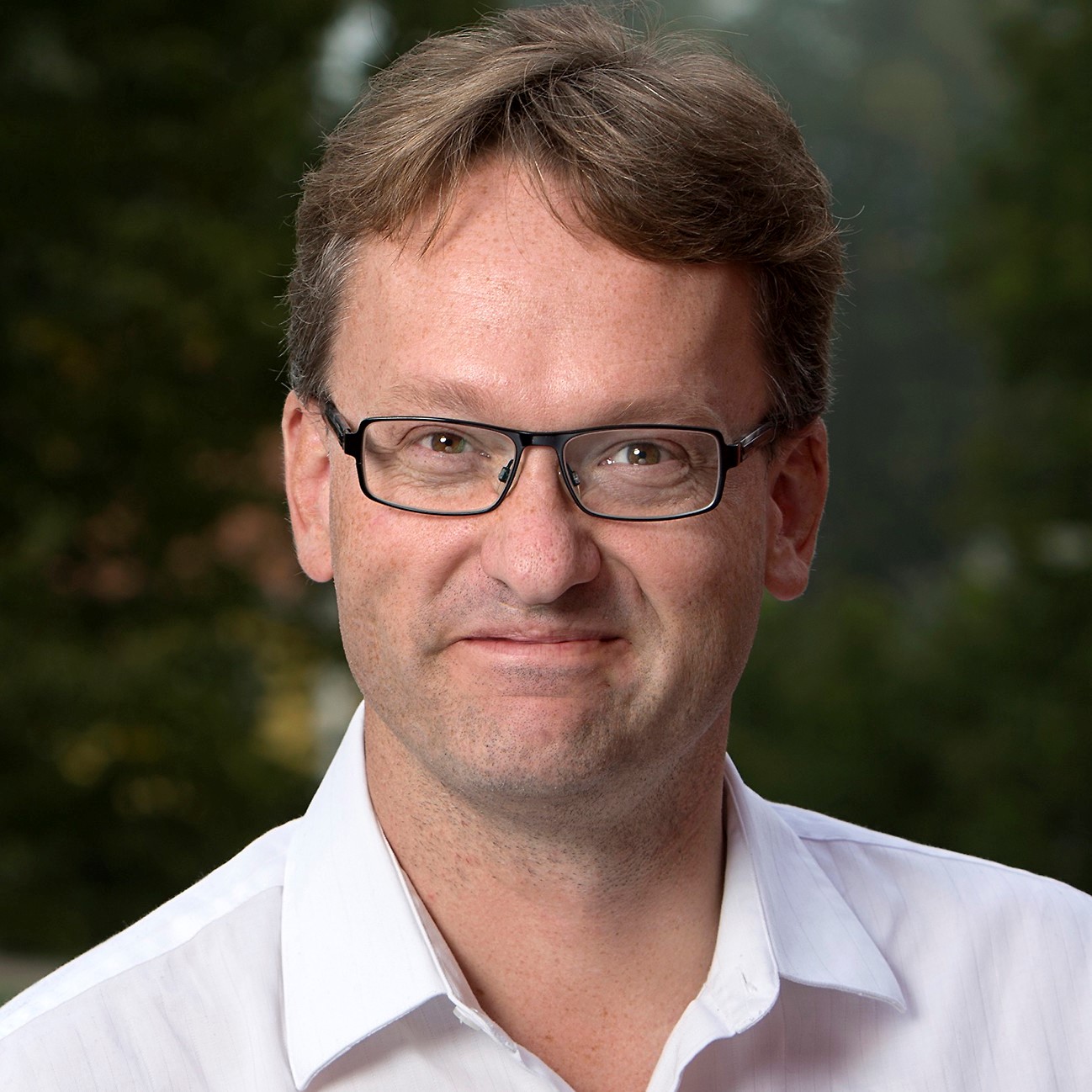
- This event has passed.
Integrative Modeling of Allosteric Modulation in Pentameric Ligand-Gated Ion Channels
Colloquium Erik Lindahl
By Erik Lindahl, Stockholms universitet, Department of Biochemistry and Biophysics, Stockholm, Sweden
Ligand-gated ion channels control the electrical excitation of nerve cells, in particular in the post-synaptic membrane in response to chemical signals mediated by neurotransmitters. These receptors exhibit an amazing diversity in detailed structure and function – some human channels have 15-20 slightly genes, and with five subunits this can theoretically lead to almost a million different oligomers. They are further characterised by adopting both closed, open and desensitised states – and in addition to the neurotransmitters causing normal opening they are subject to secondary control – allosteric modulation – by a number of drugs such as alcohols, benzodiazepines, neurosteroids, and anaesthetics that either potentiate or inhibit the agonist response. I will present our work on understanding the molecular mechanisms of these channels by using a broad range of experimental and theoretical methods, and illustrate that while each method has many shortcomings their combination increasingly enable us to capture different timescales, features, interactions and not least dynamics of important membrane proteins. For ligand-gated ion channels in particular, I will illustrate how this is enabling us to explain several key mechanisms, including identifying the separate potentiating and inhibitory binding sites, showing how we can reverse the allosteric modulation of specific channels, to propose detailed functional models even from intermediate-resolution structural data – and not least start to understand the critical interplay of how lipids modulate membrane protein function.
Curriculum vitae:
REGISTRATION:
In case you are not able to attend in person, you can watch the talk afterwards on the HITS YouTube channel: https://www.youtube.com/user/TheHITSters.